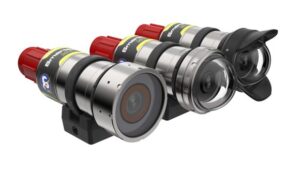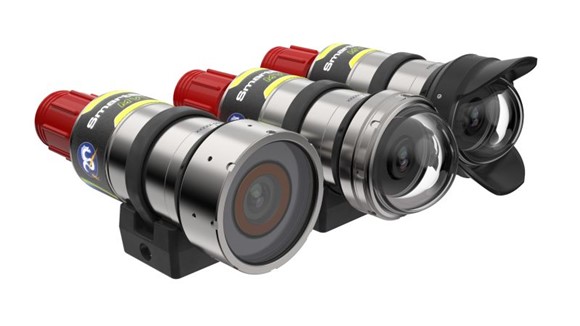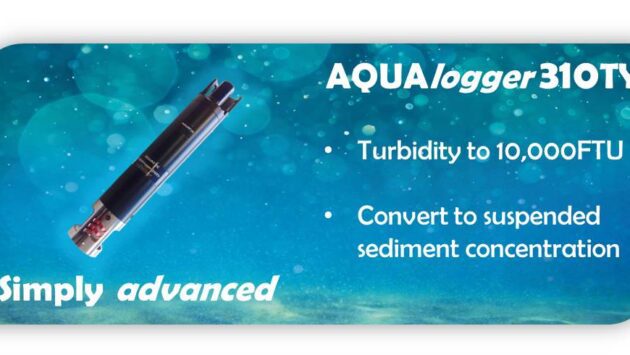DeepSea Power & Light’s New SmartSight™ Machine Vision Camera Family
Machine Vision Systems Into Next-Generation Autonomous Platforms
Starting in 2022, DeepSea began working with industry partners to develop a line of machine vision cameras tailored to the growing needs of subsea leaders in autonomy, machine learning, and AI. These collaborations and listening campaigns have produced the new SmartSight™ camera platform. The platform combines best-in-class machine vision components with DeepSea’s proven subsea imaging design capabilities.
The SmartSight™ MV1 camera is the first in a new category of products from DeepSea designed to push the adoption and ease of implementation of machine vision systems into next-generation autonomous platforms. System architects now have an off-the-shelf solution to add computer vision components to their designs, freeing them up to focus on the value-add autonomy, object recognition, navigation, and inspection technology that sets them apart.
Key Features include:
- Industry standards compliant for GigE Vision
- Multiple sensors available from 0.4MP up to 5MP
- Global shutter, colour and monochrome options
- Range of focal lengths from 6mm to 2.7mm
- Robust titanium housing with optical glass dome or flat port options
- Up to 6km depth rating
- Discrete power and Power over Ethernet options
- Digital input and output channels for triggering and event synchronisation
- Compatible with LED SeaLite SeaStrobe lights
Integrating the best-in-class Sony Pregius global shutter sensors and GigE Vision modules, the SmartSight MV1 camera, the first camera in the SmartSight family, is ideal for subsea machine vision applications. Its low power consumption and integration flexibility are well suited for autonomous vehicles while the compact size can fit anywhere. Multiple sensor and lens options allow the camera to be tailored to nearly any imaging application.
Deepsea has announced, “imaging system architects will now have an off-the-shelf solution to add computer vision components to their designs, freeing them up to focus on the value-add autonomy, object recognition, navigation, and inspection technology that sets them apart.”
“We see it being used in industrial automation so customers can get imagery into their applications, such as for object tracking navigation feedback or object recognition. We’ve been developing this in collaboration with a few partners both in the science and oceanographic space in the energy sector. “In these applications, it is desirable to work with the raw data as much as possible for high-end processing” said Steiner. “IP video stream loses a lot of the detail. We developed the SmartSight MV1 to help our customers get through that initial hump of the data burden before they can really add the value of automation tasks.”
The camera is certified to 6000m, but DeepSea say that they can work in full ocean if needed. “A typical application might be for the camera to be attached to the outside of seabed lander or underwater vehicle in the path of sea creatures,” said Steiner. “Interpretational software can scan the image and, using machine learning methods, identify species and flag specimens that do not appear in a database. “We offer various camera and lens configurations, providing anything from a 0.4MP (more suited to lower light conditions) to a higher definition 5MP version,” said Steiner. “In addition to a video, it can also be used as a type of stills camera, linked to strobes to provide images while conserving power. This power conservation allows us to extend the mission time.
Read More:
DeepSea SmartSight MV1 Datasheet





